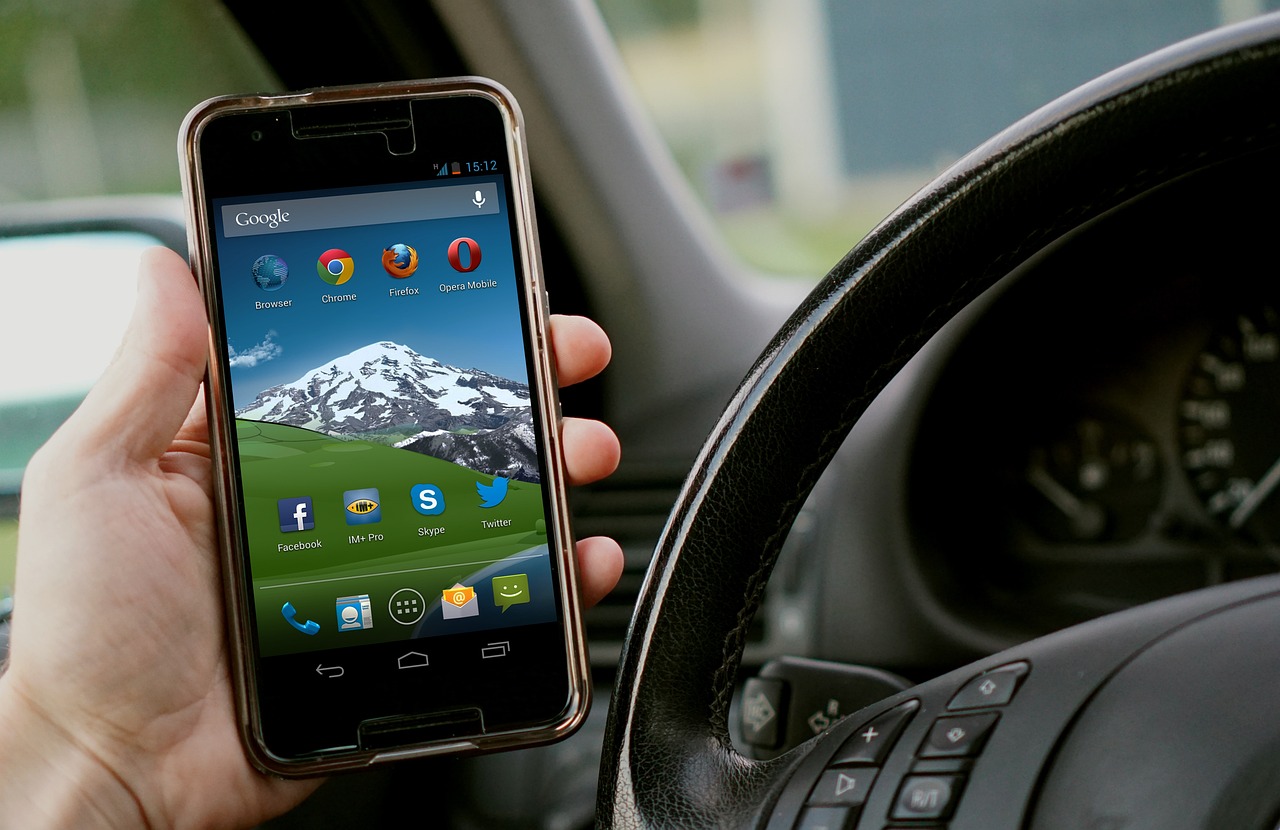Distractions like talking on the phone, texting, or drinking are the main causes of traffic accidents, accounting for 30% of collisions.
In 2022, there were 10,000 176 distracted driving accidents on Austrian roads, resulting in 9,290 driver injuries and 76 fatalities. After a decline in the pandemic years, distraction accidents are now rising again. A new ÖAMTC study shows the effects of such distractions and that subjective perceptions of danger are often deceptive.
“Making phone calls without a hands-free device increases the risk of accidents for drivers by about four to five times, and texting by as much as 23 times,” explains Klaus Robatsch, head of road safety research at the Austrian Road Safety Board (KFV).
He anticipates an increase in distracted driving accidents based on KFV traffic observation. Since the last observation in 2016, the percentage of distracted cyclists and pedestrians has increased from 8 to 17 and 30 to 37 percent, respectively. The leading cause of distraction was talking on the phone.
ÖAMTC traffic psychologist Marion Seidenberger examined the effects of distracting activities while driving as part of a study conducted in March of this year at the ÖAMTC Fahrtechnik Zentrum Teesdorf. 40 test participants, ranging in age from 18 to 50, were required to complete four tasks while driving in five different scenarios. They had to complete two mental tasks (spelling and mental arithmetic) and two haptic tasks (reading or writing text messages and drinking from a bottle).
“During SMS reading and typing, the test subjects were blindfolded for up to 123 meters. While all of them were driving significantly slower, no subject reduced speed before the guardrail in a way that would have allowed them to stop. Most would have collided with a pedestrian at about 30 km/h,” Seidenberger said.
However, even seemingly simple tasks carry a high risk for injury: When handling and drinking from a water bottle, test subjects did not have their hands on the steering wheel for up to eight seconds. “Overall, it became apparent that the test subjects did not take visual obstacles seriously enough, kept too little distance, and many were not proficient in emergency braking,” explains the ÖAMTC expert.
Self-evaluation frequently proved to be misleading because the subjective assessment of danger was frequently blatantly at variance with the information objectively gathered during the study. “Many believe that they have everything under control anyway – supposedly simple secondary activities, such as briefly checking a message, are underestimated. Yet in road traffic, you always have to reckon with suddenly getting into a demanding situation,” says Seidenberger.
The ÖMTC expert, therefore, has three essential tips for drivers:
➤ Increase distance
➤ refrain from any distractions
➤ master an emergency braking maneuver
This post has already been read 611 times!
